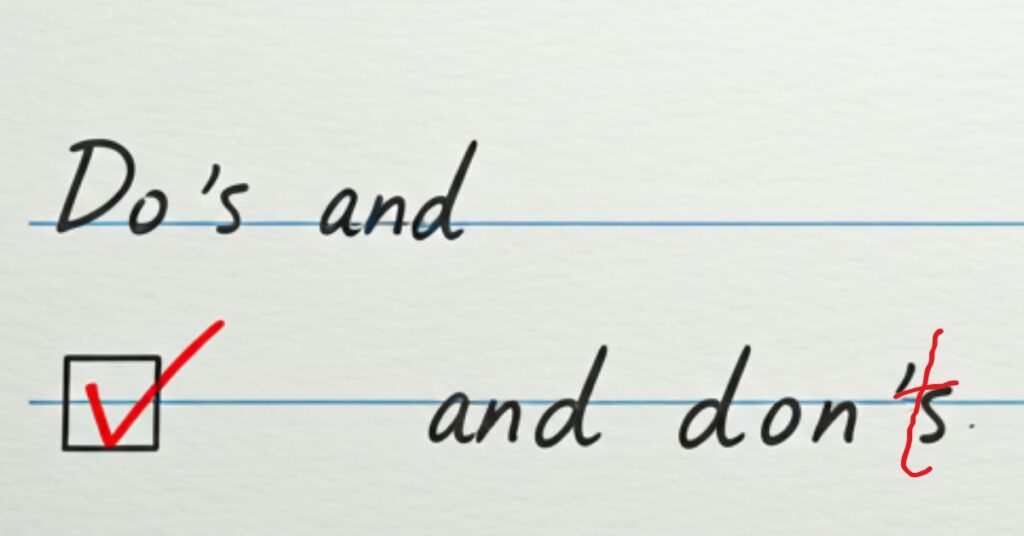If you’ve ever crafted an email and found yourself wondering, “What does CC stand for in email?” you’re not alone. This simple yet essential feature often sparks curiosity among both new and experienced email users. In this blog, we’ll explore the meaning of CC, its purpose, when to use it, and some do’s and don’ts to help you master this feature like a pro.
What Does CC Stand For in Email?

CC stands for Carbon Copy. The term originates from a time when carbon paper was used to duplicate documents. In the context of email, it allows you to send a copy of your message to recipients other than the primary one(s) in the “To” field. If you’ve ever had to include others in an email thread, understanding what CC stands for in email can help you communicate more effectively.
Why Use CC in Email?
Now that you know what CC stands for in email, let’s look at why and when you might use it. The CC field is perfect for keeping others informed without expecting them to take direct action. It’s commonly used in:
- Workplace Communication: Sharing updates with team members or supervisors.
- Collaborative Projects: Looping in stakeholders to ensure transparency.
- Event Coordination: Informing multiple participants about plans.
By using CC effectively, you can enhance collaboration and maintain professionalism in your email communication.
How Does CC Work in Email?
Here’s what happens when you use CC:
- Everyone in the CC field gets a copy of the email: The message reaches them exactly as it does the main recipient(s).
- CC recipients can see each other: This ensures transparency but also means email addresses are visible to all.
Whether you’re sending team updates or looping in stakeholders, understanding what CC stands for in email will help you use this feature efficiently and professionally.
Do’s and Don’ts of CC

Do’s
- Use CC for visibility: Keep people informed who need to stay in the loop.
- Be selective with recipients: Only include those for whom the information is relevant.
- Explain the inclusion: Mention why someone is being CC’d in the body of the email.
Don’ts
- Don’t overuse CC: Avoid cluttering inboxes by adding unnecessary recipients.
- Don’t use CC to point fingers: It’s not a tool for escalating conflicts.
- Don’t add sensitive data: Remember that CC recipients can see each other’s email addresses.
When you understand what CC stands for in email, these do’s and don’ts can guide you toward using it appropriately.
CC: Is It for both Cold Emails and Warm Emails?
Using CC for Cold Emails
Cold emails are unsolicited emails sent to prospects you’ve never interacted with before. CC can be used sparingly in cold emails, but it comes with potential risks.
- When to Use CC in Cold Emails:
- Introduction emails to loop in a colleague or mutual contact.
- Team collaboration when informing a decision-maker and relevant team members.
- Why to Be Cautious:
- Lack of personalization may make the email seem impersonal or spammy.
- Sharing email addresses publicly in CC could violate privacy laws like GDPR or CAN-SPAM.
Using CC for Warm Emails
Warm emails are sent to recipients you’ve interacted with, such as leads, clients, or collaborators. CC is more appropriate and helpful in this context.
- When to Use CC in Warm Emails:
- Keeping stakeholders informed about ongoing discussions.
- Follow-up emails to ensure everyone is aligned.
- Introducing colleagues or partners to your warm lead.
Best Practices for Both
- Be transparent: Clearly state why someone is being CC’d.
- Limit recipients: Only include those who genuinely need the information.
- Respect privacy: Never share email addresses publicly without consent.
Real-Life Scenarios for Using CC
To better grasp what does CC stand for in Email and how it’s used, here are some examples:
- Project Management: You’re emailing a client and want your manager to stay informed, so you CC them.
- Event Invitations: You’re inviting multiple people to a meeting and want others to see who’s included.
- General Updates: Sharing a progress report with multiple team members who don’t need to take action.
Each of these examples highlights how knowing what CC stands for in email can make your communication smoother and more effective.
Why It’s Important to Understand CC
Understanding what CC stands for in email goes beyond just knowing its definition—it’s about using it effectively to maintain transparency, foster collaboration, and ensure smooth communication. Misusing CC can lead to confusion or even come across as unprofessional, so it’s crucial to apply it thoughtfully.
Final Thoughts

So, what does CC stand for in email? It stands for Carbon Copy, a feature that allows you to share information with others without making them the primary focus of your message. Whether you’re managing a project, sharing updates, or looping in stakeholders, CC is a valuable tool for enhancing transparency and communication.



